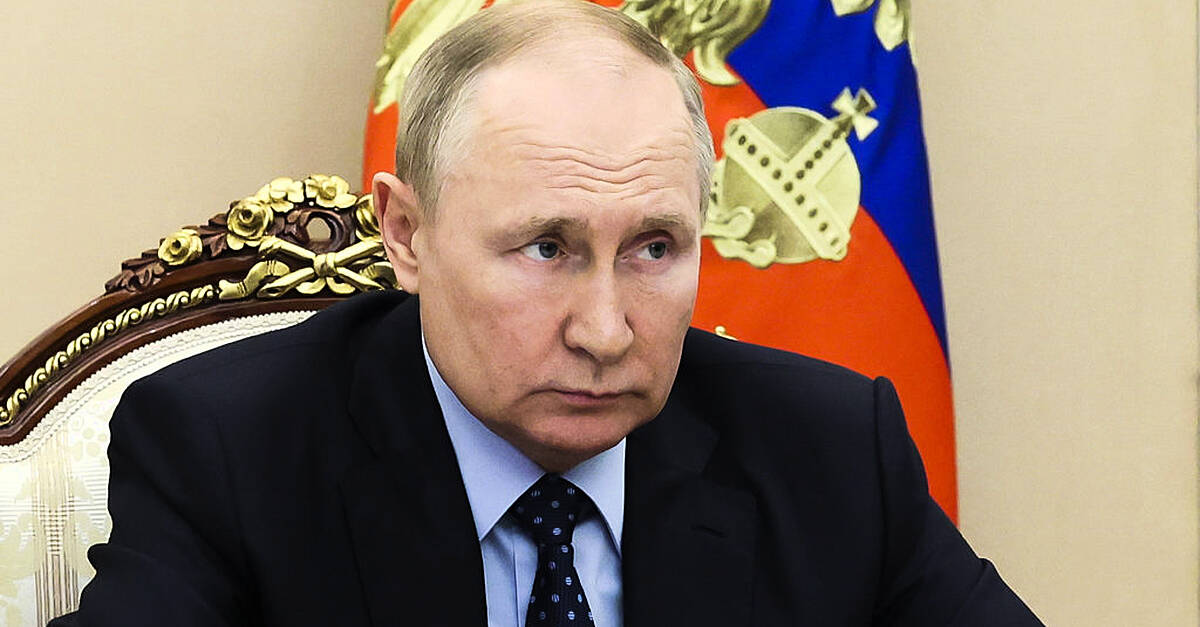[ad_1]
The yen’s plunge to a five-year low shows no signs of easing as surging commodity prices have worsened the outlook for Japan’s trade balance and put pressure on the currency’s haven credentials.
The nation is a net importer of a long list of raw materials from crude oil and grains to metals, exposing it to higher costs as prices of all these have risen due to sanctions imposed on Russia over its invasion of Ukraine. Japan posted its sixth straight monthly trade deficit in January, with the shortfall climbing to an eight-year high of ¥2.2 trillion ($18.7 billion). February numbers are due Wednesday.
The yen’s decline this year is even more striking given that it typically benefits in times of risk aversion. The currency has dropped against more than half of its Group of 10 peers in the past month even as the conflict in Ukraine set off a flight to safety among global investors.
“Japan relies on importing all these commodities, which are essential,” said Daisaku Ueno, chief currency strategist at Mitsubishi UFJ Morgan Stanley Securities Co. in Tokyo. “As a fallout from the war in Ukraine, Japan is facing increased demand for dollars that’s irrelevant of risk sentiment.”
The yen is likely to drop a further 1% to 118.66 per dollar in coming months, Ueno said. That would match one of its most significant previous lows set in December 2016.
The currency headed for a sixth straight day of losses on Monday, sliding as much as half a percent to 117.88, the weakest level since January 2017.
“Momentum for dollar-yen is clearly to the upside after failing to strengthen below 114, and it can rise to 118.66 in the next one-or-two months,” said Yukio Ishizuki, a senior currency strategist at Daiwa Securities Group Inc. in Tokyo. “It’s difficult to see sanctions on Russia eased and commodities prices are likely to stay elevated, which puts yen at the mercy of ballooning trade deficits.”
The yen usually benefits during times of risk aversion as speculators cut back the short positions that they have built up during more positive periods. This time round though the dynamics are playing out differently.
Ironically leveraged funds started trimming their net short yen positions at exactly the wrong time, with the currency now falling to its lowest level against the greenback in more than five years.
CFTC data show short-term funds have pared their net short yen positions for the last three weeks through March 8 by 21,375 contracts to 28,343. At the end of the first week of cutting their position, on Feb. 22, dollar-yen was holding above support at its 100-DMA. Since then, not only has the pair dipped below that day’s level only once, it has rallied nearly 3% on the back of rising U.S. yields.
While the reduction in shorts may keep the yen in a range between 110 and 116 per dollar until the Ukraine situation stabilizes, the currency’s long-term direction is down and it will probably test around 120 by year-end, said Juntaro Morimoto, a currency analyst at Sony Financial Holdings Inc. in Tokyo.
“The divergence in monetary policy is putting upward pressure on the dollar-yen as a widening yield differentials will remove any yen appreciation factors after uncertainty over Ukraine clears up,” he said.
In a time of both misinformation and too much information, quality journalism is more crucial than ever.
By subscribing, you can help us get the story right.
SUBSCRIBE NOW
[ad_2]
Source link























